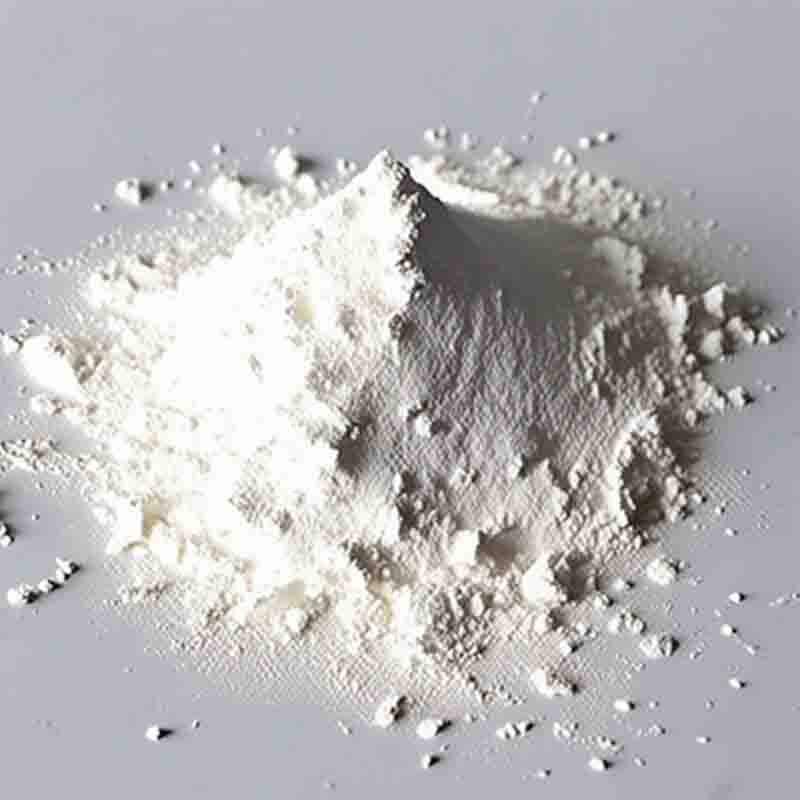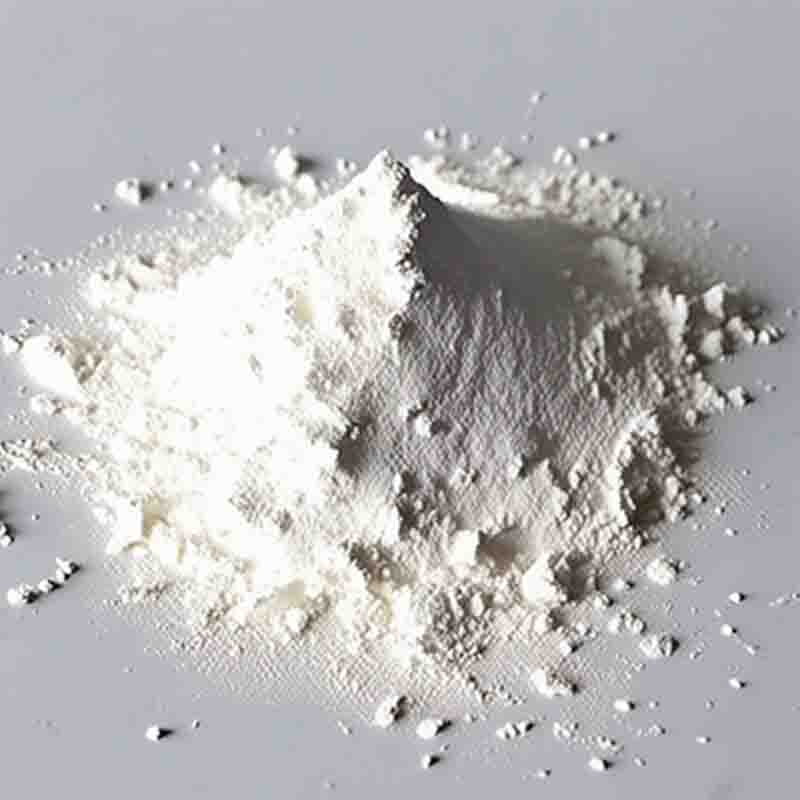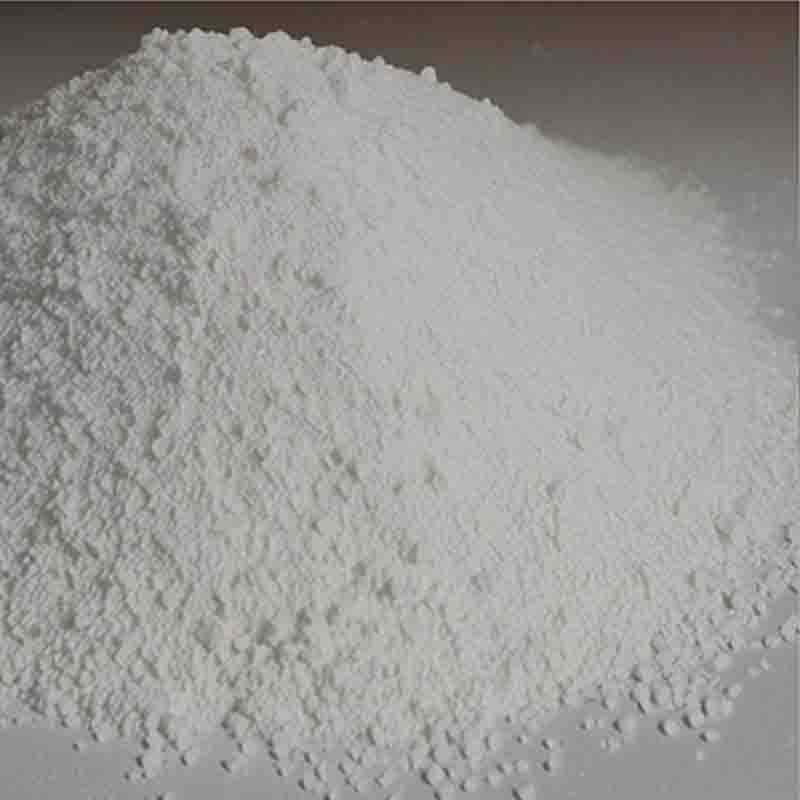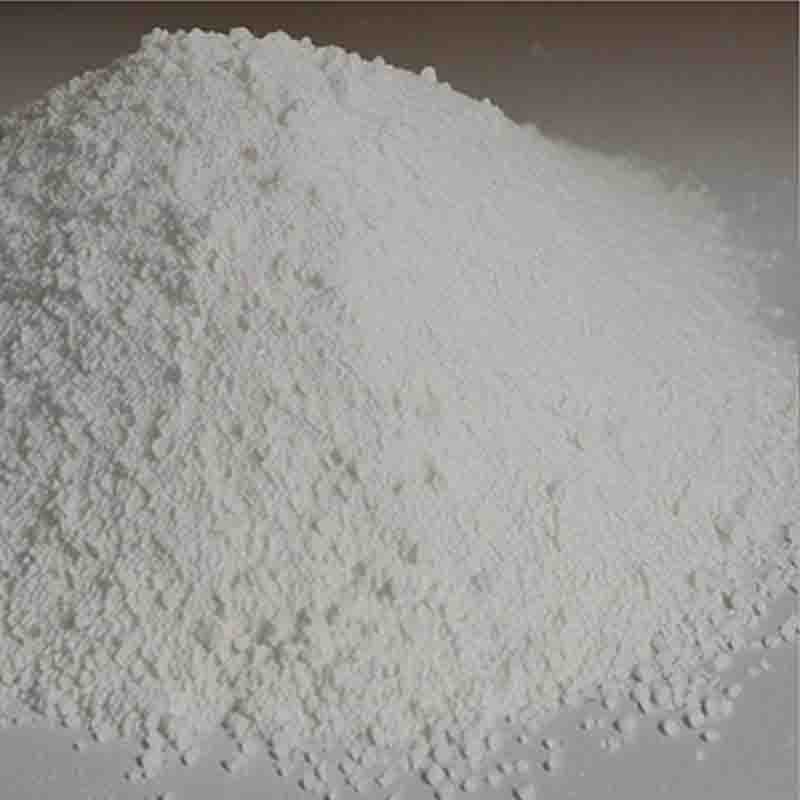Ruthenium CAS: 7440-18-8
| Catalog Number | XD93996 |
| Product Name | Ruthenium |
| CAS | 7440-18-8 |
| Molecular Formula | Ru |
| Molecular Weight | 101.07 |
| Storage Details | Ambient |
Product Specification
| Appearance | White powder |
| Assay | 99% min |
Ruthenium, a transition metal element belonging to the platinum group, has a variety of applications due to its unique properties. It is known for its durability, high melting point, and resistance to corrosion, making it useful in several different fields.One significant use of ruthenium is in the production of catalytic converters. These devices are used in automobiles to convert harmful pollutants in exhaust gases into less harmful substances. Ruthenium, along with other platinum group metals such as platinum and palladium, is used as a catalyst in this process. It helps in the reduction of nitrogen oxides (NOx), carbon monoxide (CO), and unburned hydrocarbons in the exhaust, thus reducing air pollution.Another important application of ruthenium is in the field of electronics. Ruthenium is used as a conductive material in various electronic devices, including resistors and electrical contacts. It can form stable and low-resistance oxide layers, making it suitable for use in thin film resistors. Additionally, ruthenium is used as a barrier layer in the fabrication of advanced semiconductor devices to prevent the diffusion of impurities.Ruthenium compounds also find application in the production of solar cells. Ruthenium-based dyes, such as ruthenium polypyridyl complexes, are used as sensitizers in dye-sensitized solar cells (DSSCs). These dyes absorb light and convert it into electrical energy, initiating the process of photocurrent generation. Ruthenium-based DSSCs offer several advantages, including high efficiency, low cost, and good stability.Furthermore, ruthenium is widely used in the field of organic synthesis. It serves as a catalyst in various important reactions, such as olefin metathesis, hydrogenation, and oxidation. Ruthenium catalysts have been instrumental in the development of new molecules and novel synthetic routes. They enable chemists to perform complex transformations with high efficiency, yield, and control over regioselectivity and stereoselectivity.In the medical field, ruthenium compounds have shown promise as potential anticancer agents. Certain ruthenium complexes exhibit cytotoxic properties and can selectively target cancer cells, making them attractive candidates for the development of new chemotherapy drugs. Ruthenium-based drugs have demonstrated activity against different forms of cancer, including breast, lung, and ovarian cancer.In conclusion, ruthenium's unique properties make it a valuable element with diverse applications. Its usage spans from catalytic converters to electronics, solar cells, organic synthesis, and potential cancer treatment. Its versatility, stability, and chemical reactivity have opened avenues for further exploration and utilization in various industries.




![(4S)-3-[(5R)-5-(4-FLUOROPHENYL)-5-HYDROXYPENTANOYL]-4-PHENYL-1,3-OXAZOLIDIN-2-ONE CAS: 189028-95-3](https://cdn.globalso.com/xdbiochems/白色粉末2239.jpg)




